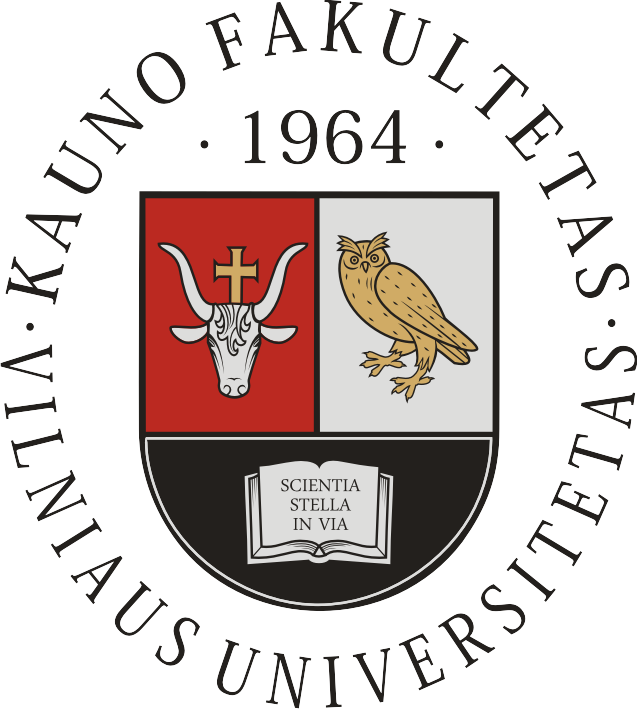Transformations in
Business & Economics
- © Vilnius University, 2002-2024
- © Brno University of Technology, 2002-2024
- © University of Latvia, 2002-2024
Article
EVALUATING BARRIERS OF CHANGE IN SUSTAINABLE SUPPLY CHAIN PERFORMANCE USING ISM-MICMAC METHODOLOGY
Reza Rostamzadeh, Fakhri Baghirov, Mahdi Abdsharafat , Jonas Saparauskas, Zenonas Turskis
ABSTRACT: Various industries around the world have faced many changes, the most important of which are the globalisation of markets, technological changes, shorter life of products, and the diversification of customer demands and needs. Due to the changes, there has recently been a significant focus on the development of supply chains (SCs) within the industries and the improvement of various executive systems in such chains. One of the mentioned systems that has received a lot of attention in recent years is the performance evaluation system. The main objective of this research is to investigate the barriers of change to achieve sustainable performance with the interpretive structural modelling (ISM)/MicMac approach. The current research is applied in terms of the research objective; and descriptive survey research, in terms of the topic and research questions. The data collection tool was an expert questionnaire. The statistical population studied in this research were experts in the field of SC in the food industry. The snowball sampling method was used to select 20 people. Excel and MicMac software were used for data analysis. Based on ISM, the criteria were categorised into 4 levels. The results obtained from the MicMac analysis revealed that legal barriers were the most effective barriers, with a score of 300. Economic barriers ranked second with a score of 220, while human barriers ranked third with a score of 200. Also, environmental barriers were placed in the first priority of effectiveness, with a score of 280. Social barriers ranked second with a score of 240, and economic barriers ranked third with a score of 200. The map of the direct effects of legal barriers was placed as the most important in the independent matrix. Economic, technological and human barriers were placed in the interface matrix. The dependent matrix encompassed social and environmental barriers as well. It was found that these barriers exhibit a robust interdependence and limited guidance. Essentially, these variables wield significant influence but possess limited effectiveness within the system.
KEYWORDS: barriers to change, sustainable supply chain performance (SSCP), interpretive structural modelling (ISM), MicMac.
JEL classification: C82, C83, D81, M1.

